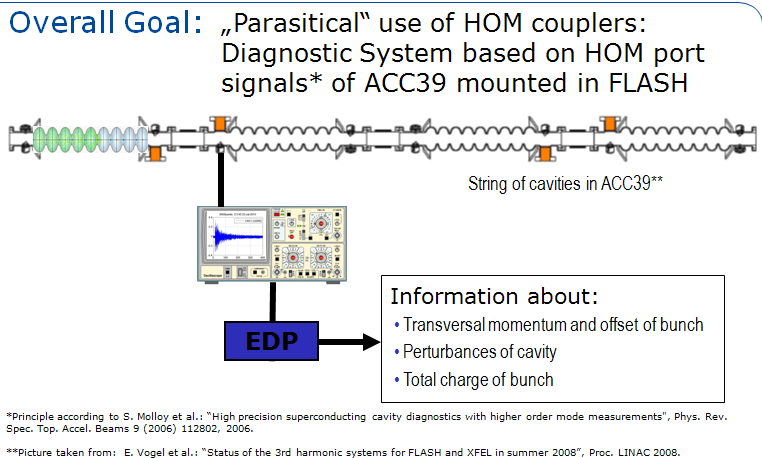![]() A first layout for the High Luminosity Upgrade
A first layout for the High Luminosity Upgrade

The tentative layout for the insertion: sequence of magnets versus distance to the interaction point in ATLAS or CMS (0 m is the centre of the experiment). The flags indicate a possible origin of the in-kind contribution.
Image credit: HiLumi LHC
A first baseline for the layout of the High Luminosity inner triplet and associated magnets has recently been defined. This is the second major milestone, after the choice of a 150 mm aperture for the quadrupoles in July 2012.
A layout is the selection of the sequence of magnets, their strength, their length, and the associated technology: therefore, it requires inputs both from the optics and from the magnet teams. Its definition is a delicate equilibrium between the search for maximum performance and the need of minimizing complexity and associated risks. Nb3Sn technology had been already selected for the triplet quadrupoles – these magnets are planned to be built with a CERN-US collaboration, heavily relying on the work carried out by LARP in the past 10 years.
After the triplet, a separation dipole of 5.5 T, in Nb-Ti, is being studied by the Japanese team in KEK. The layout is complemented by the challenging orbit correctors, also based on Nb-Ti technology, with nested coils both providing horizontal and vertical field of up to 2 T. A package of higher order correctors relying on superferric technology is also available, in order to correct for the inevitable field imperfections of the inner triplet at the 10-4 level. The triplet corrector package is based on the design developed in Spain by CIEMAT.
As a result, the energy deposition team can start simulations to have a precise estimate of the radiation damage and heat loads coming from the collision debris. It is a heavy shower and magnets will need thick shielding to avoid falling in pieces before reaching the project ambitious goal of 3000 fb-1. The layout has been presented at CERN and will be extensively discussed at theHiLumi/LARP collaboration meeting, 8-10 April 2013, Napa Valley.
